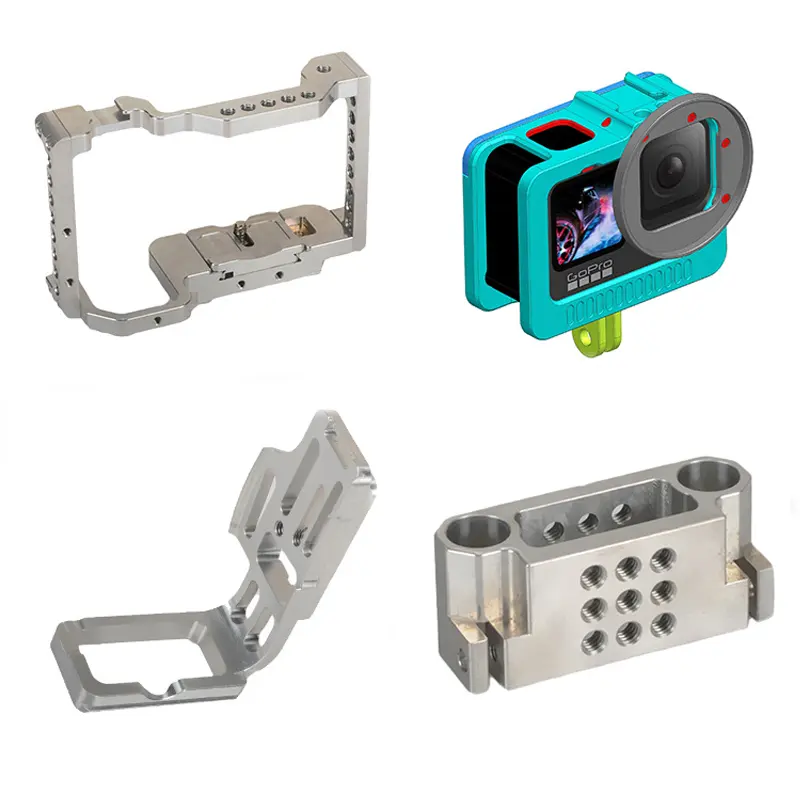

Time:2025-08-05 Views:1

A quick-release plate connection lock is a mechanical fastening device designed to securely attach a quick-release plate to a base structure—commonly used in photography, videography, industrial machinery, and sports equipment—while enabling rapid detachment when needed. This lock balances strong clamping force with ease of operation, ensuring that mounted devices (such as cameras, tools, or accessories) remain stable during use but can be removed in seconds without tools.
The core structure of a quick-release plate connection lock typically includes a clamping mechanism, a latching system, and a release trigger or lever. The clamping mechanism often features serrated or textured surfaces that grip the quick-release plate, preventing slippage even under vibration or sudden movement. In photography tripods, for example, the lock may use a cam lever that, when tightened, presses a metal or polymer jaw against the plate, creating friction-based retention. For heavier loads, such as industrial fixtures, the lock might incorporate a threaded bolt or eccentric cam that generates higher clamping force, capable of withstanding tens or hundreds of kilograms of pull force.
Safety features are integral to prevent accidental release. Many locks include a secondary safety catch—a small lever or button that must be depressed before the main release trigger can be activated. This dual-action mechanism is critical in applications like drone mounts or medical equipment, where unintended detachment could cause damage or injury. Additionally, some locks use spring-loaded components that automatically engage when the plate is inserted, ensuring the lock secures itself without manual tightening, though a final "click" confirmation is often provided to signal proper engagement.
Material selection depends on the application’s load and environmental requirements. For lightweight uses (e.g., camera plates), aluminum alloys or reinforced plastics are common, offering a balance of strength and weight. Heavy-duty locks, such as those in automotive or aerospace tooling, use high-strength steel or titanium to resist deformation under stress. Corrosion-resistant coatings (e.g., zinc plating or anodization) are applied to locks used in outdoor or marine environments, preventing rust that could impair functionality.
Compatibility is another key design consideration. Quick-release plate connection locks are often standardized to fit industry-specific plate sizes—for example, the Arca-Swiss standard in photography, which uses a 38 mm wide plate with a 45° dovetail groove. This allows users to interchange plates between different locks (e.g., tripod heads, gimbal mounts) without modifying the equipment. Custom locks are also available for specialized applications, with unique plate dimensions or locking mechanisms tailored to specific devices.
the quick-release plate connection lock is a versatile fastening solution that combines secure clamping, rapid operation, and safety features, making it essential for applications requiring frequent, tool-free attachment and detachment of equipment.
Read recommendations:
quick release plate for vivitar tripod
Sound Insulation of Quick - Release Plates
Waterproof Macro Lens Adapter for Underwater Photography Needs